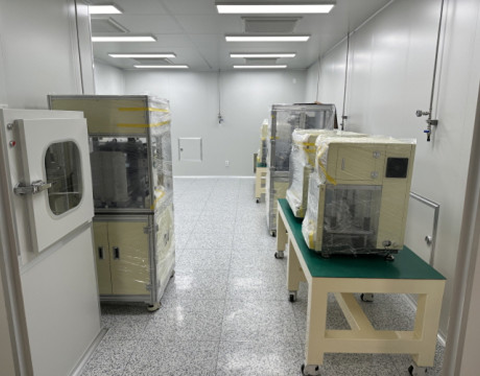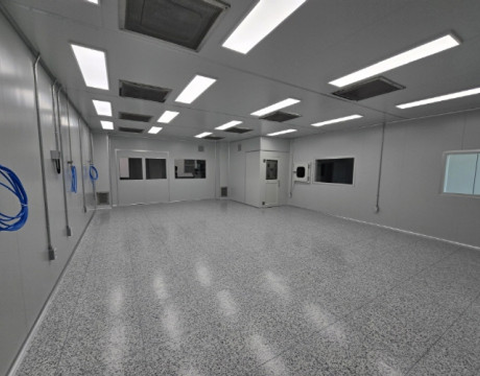Dry Room 

This facility maintains a dry point of -10°C or below (our DP: -60°C Guarantee), primarily designed to remove moisture. Dry rooms are essential in industries such as batteries, electrolytes, pharmaceuticals, food, and biotechnology. Failure to properly manage moisture during production and R&D can lead to explosions. Therefore, they are used to maintain a consistent temperature and cleanliness, ensuring strict moisture management.



Considerations for Dry Room Design 

Clean Room is a confined space where contamination control measures are in place, regulating not only airborne particulates but also environmental parameters such as temperature, humidity, indoor air pressure, and gas composition. They are categorized into industrial and medical applications and incorporate advanced cleanliness technologies along with various environmental control systems, forming a highly specialized energy-intensive facility.
1 Airtightness
When selecting a dry room dehumidifier, equipment capacity is determined based on the assumption of a perfectly sealed system. Therefore, any loss of airtightness within the room, equipment, or ductwork will immediately impact the room's dew point temperature. Therefore, airtightness must be verified at each construction stage, and airtightness must also be prioritized in manufacturing and construction methods.
2 Conductivity
To maintain a low dew point within the dry room, countermeasures against static electricity must be implemented to prevent safety hazards and the impact on production equipment.
3 Energy Conservation
Energy consumption varies depending on the overall flow, including automatic control, air distribution, and dehumidifier regeneration methods. Therefore, thorough review is necessary.
4 Safety Measures and Emergency Plans
Dry rooms are sealed structures, so precautions for fires, explosions, and dry room humidity management in case of emergencies must also be considered.
If you want to see more ?









